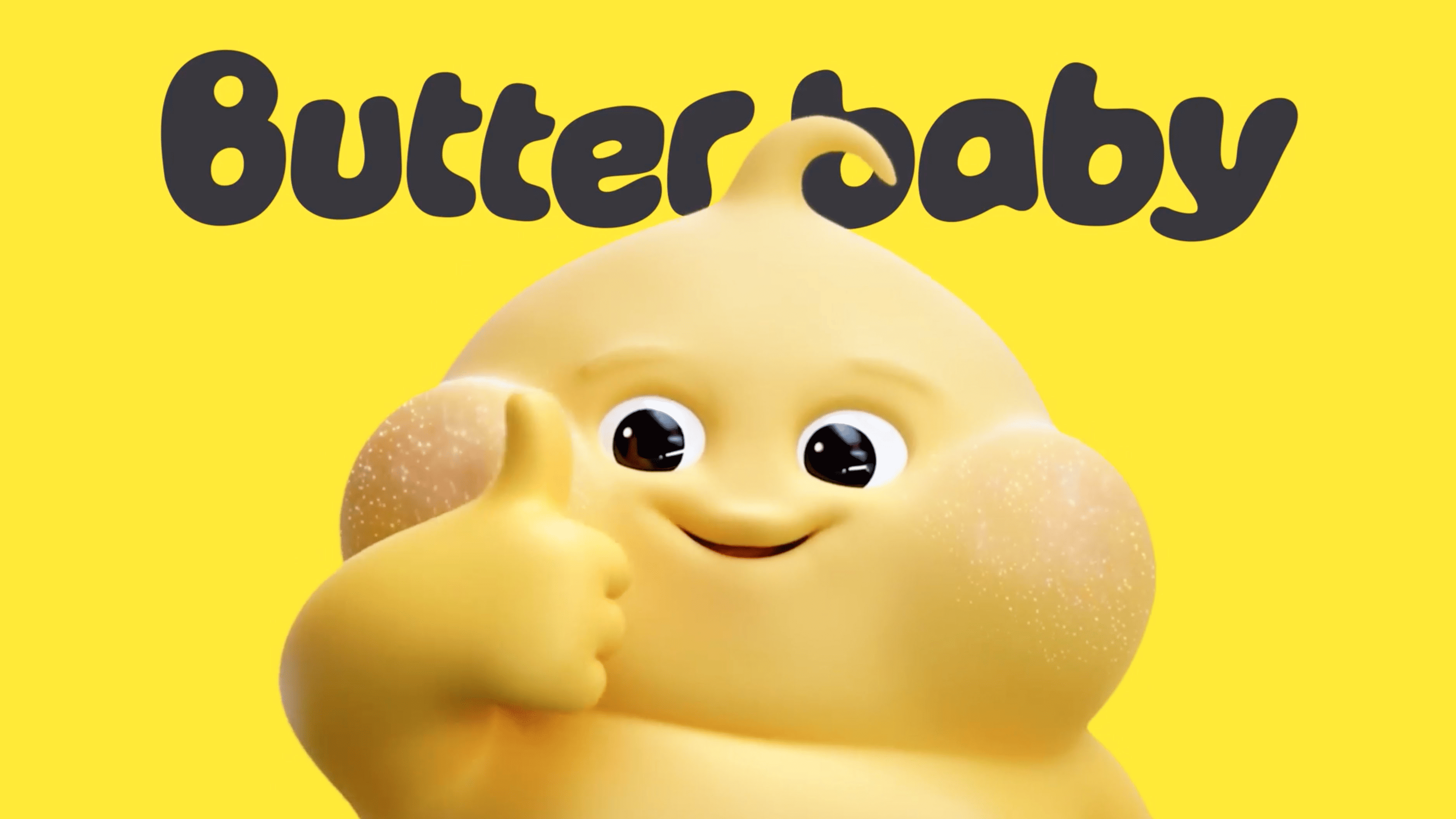Watch the birdy
Flight is an extremely complex thing to design, but you can start by thinking about how birds move and how to most effectively rig your model to approximate this kind of motion.
This tutorial will demonstrate how to rig a bird for flight and animate a quick flight cycle. But before even starting with any animation, it is important to understand how the character moves in real life, and to have an idea of what the character will do in the final animation. For instance, flight cycles are typically distinct to a species of birds, and even the different stages of flight, such as take-off, powered flight, soaring, and landing, have their own characteristics. An eagle, for example, moves in a completely different way to move to a pigeon or a sparrow. So designing the correct rig for the animation planned is critical. In this tutorial, we're focusing on simulating powered flight, so there is no need to rig the bird's wings to fold or the legs for walking.
Rigging for animation is a straightforward process, which consists of building a skeleton made up of joints or bones, binding the skeleton to the model (otherwise know as skinning), weighting the model, and setting up controls. In this case, the model will be controlled using Forward Kinematics (FK) instead of Inverse Kinematics (IK). The up and down motion of the wings will be controlled with two User Data sliders and a bit of XPresso. The sliders will greatly simplify the animation process: instead of having to move individual joints, the sliders do the hard work. Rotating controllers in the scene will control the neck and tail.
Finally, a simple flight cycle will be created by adding keys in the timeline for the positions of the wings, and the motion will be looped.
To get started, open the file start_flight.c4d from the support files. The file contains a model of a bird in a neutral position, at the first frame of the scene. The neutral position, as opposed to having the wings in the up or down position, will make it much easier to rig the model for animation. If you encounter problems, there are several supporting files that should be able to help you.
Click here to download the support files (12MB)
Click here to download the tutorial for free
Daily design news, reviews, how-tos and more, as picked by the editors.

The Creative Bloq team is made up of a group of art and design enthusiasts, and has changed and evolved since Creative Bloq began back in 2012. The current website team consists of eight full-time members of staff: Editor Georgia Coggan, Deputy Editor Rosie Hilder, Ecommerce Editor Beren Neale, Senior News Editor Daniel Piper, Editor, Digital Art and 3D Ian Dean, Tech Reviews Editor Erlingur Einarsson, Ecommerce Writer Beth Nicholls and Staff Writer Natalie Fear, as well as a roster of freelancers from around the world. The ImagineFX magazine team also pitch in, ensuring that content from leading digital art publication ImagineFX is represented on Creative Bloq.
